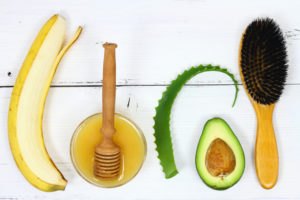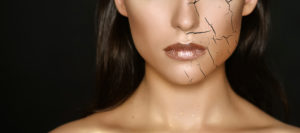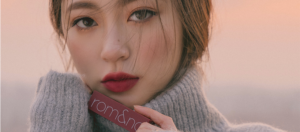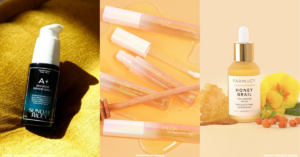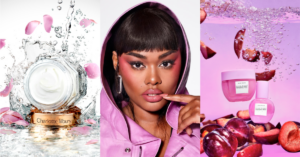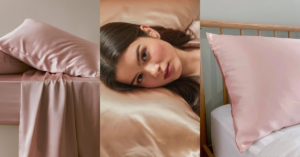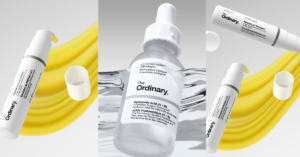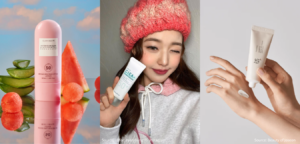Skincare
Meet PHAs: The “Second-Generation” Gentle Exfoliator for Sensitive Skin
I have a love-hate relationship with exfoliation. Sometimes it makes my skin feel really soft and glowy, but then weeks...
By: Dedet Panabi / March 21, 2020
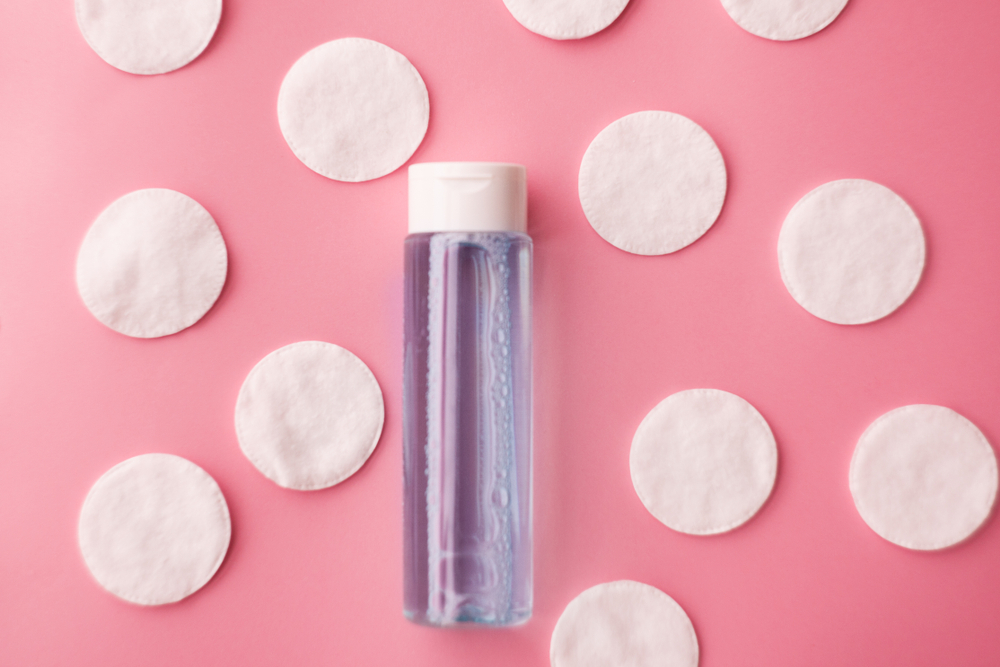
I have a love-hate relationship with exfoliation. Sometimes it makes my skin feel really soft and glowy, but then weeks later the same product will dry out my skin and cause stinging and redness. Then I discovered PHAs. It’s a chemical exfoliant (like AHas) but it’s gentle, hydrating and safe for sensitive skin.
Contents
What are PHAs?
PHAs (short for polyhydroxy acids) is a skin acid, just like AHAs and BHAs. It melts dead surface cells and declogs your pores. That evens out your skin tone and texture, and makes it easier for other skincare ingredients to penetrate into the deeper skin layers.
“PHAs are fact, second-generation AHAs,” says New York dermatologist Shereene Idrissa. It has larger molecules, so it stays on the skin surface and doesn’t disturb the delicate skin layers underneath. “This ensures optimum skin renewal with minimal irritation.”
What are the benefits of PHAs versus other chemical exfoliants?
- Less likely to cause redness and irritation
- Won’t make your skin more sensitive to the sun
- Has powerful humectant properties, drawing and trapping moisture from the air to prevent the tight, dry feeling after exfoliation
- Possible sun protection. Don’t skip your sunscreen, but a 2004 study published in Dermatologic Surgery found that one kind of PHA, gluconolactone. can prevent some UV damage
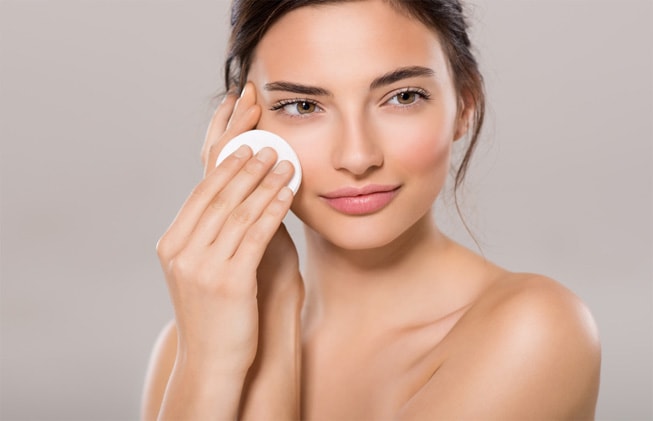
Should I use PHAs?
PHAs are good for dry or sensitive skin, or skin that has become sensitive because of sun exposure or skincare treatments. For example, if you’re getting laser treatments or acne treatments, or using prescription retinoids, you want to use the gentlest skincare products possible. (Read our article on the best skincare routine for sensitive skin.)
If you have normal or combination skin, dermatologists still recommend using AHAs like glycolic and lactic acid. These penetrate deeper into the skin to help with skin renewal. For oily or acne-prone skin, BHAs like salicylic acid dissolve sebum and dead skin cells that sit in your pores.
Other dermatologists recommend PHAs if you’re already happy with your skin, but just want a little extra glow. “PHAs are best for those who want to achieve a fresh look and are without acne or other textural skin irregularities,” says New York dermatologist Dr. Jared Jagdeo.
Can I mix PHAs with other skin acids?
If you’re already using AHAs or BHAs, it’s tricky to add another exfoliant to your routine. However, you can get a skincare product that combine two or even all three kinds of skin acids in safe amounts.
However, whatever exfoliator you use, read (and understand) the label. Knowing what each acid can do can help you understand your skin reaction. If it stings, then switch to something that has only one acid, or is mostly made of PHA.
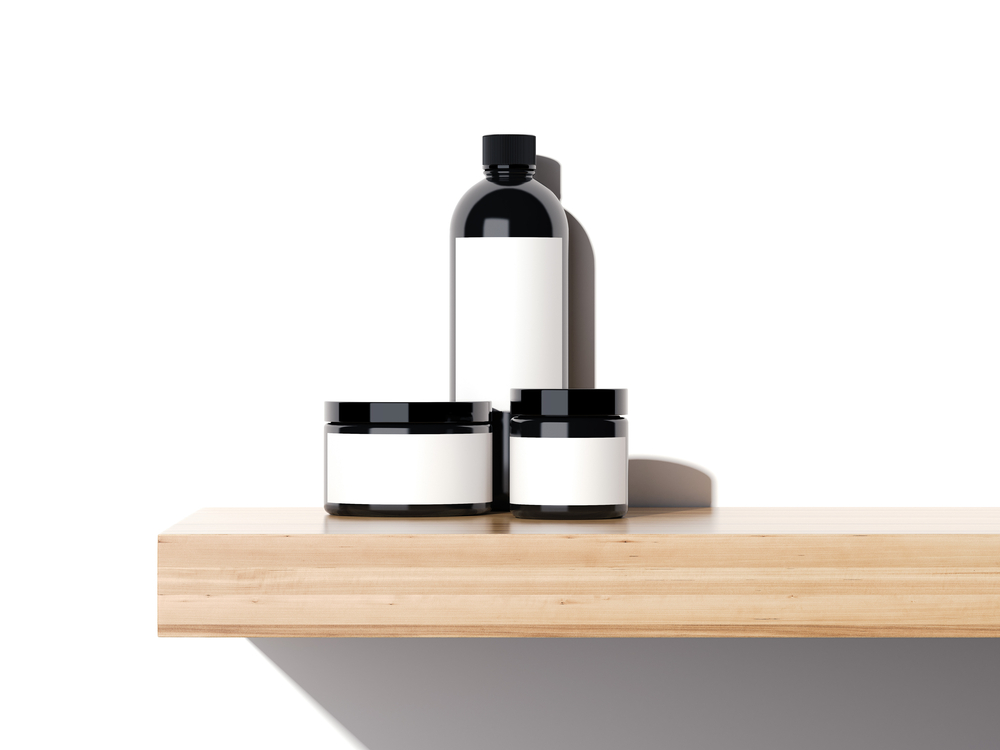
What skincare ingredients should I never use with PHA?
“The two big ingredients to avoid while integrating PHAs into your skin routine are vitamin C and retinol,” says Dr. Michelle Henry, New York dermatologist and clinical instructor of dermatology at Weill Cornell Medical College. “If you mix Vitamin C with PHAs and they are not formulated properly, they may negate the efficacy of both. Retinol if mixed with PHAs can result in unpredictable irritation.”
What skincare products have PHAs?
PHAs can be found in toners, but are also often added in serums or creams so other ingredients can penetrate better. If your other products have PHA, avoid over-exfoliating with a facial brush and a scrub and a toner. That’s when skin irritation starts!
Try now: best PHA skincare products in Singapore
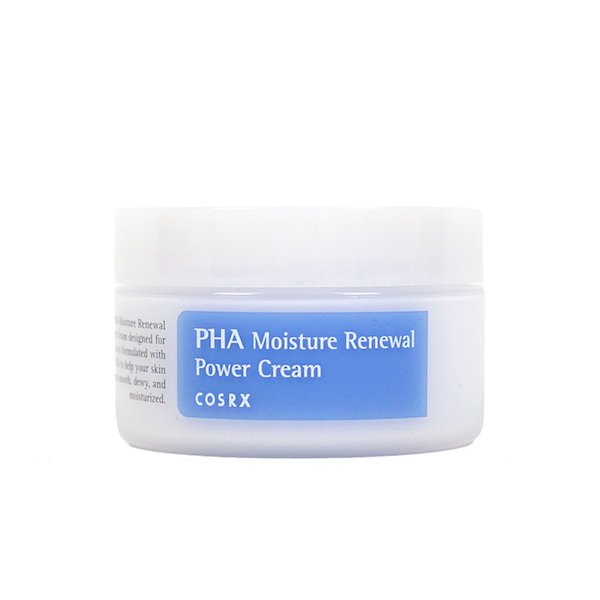
Cosrx PHA Moisture Renewal Power Cream
Buy now: $47.50, LookFantastic
This night cream combines PHAs with BHAs and AHAs. The acids work together to boost cell renewal and improve skin tone while you sleep. Coconut fruit extract and niacinamide — along with PHAs’natural humectant properties — boost moisture. Wake up with noticeably softer, smoother skin!

Dr. Jart Dermaclear Micro Milk Peel
Buy now: $51, Sephora
At-home peels can go really wrong if you have sensitive skin or are using very harsh products. But this gentle peel uses PHAs and lactic acid (another very gentle exfoliant) to give you instantly softer, glowing skin — without redness! In fact, during New York fashion week, skincare experts used this on models to prep them for makeup.
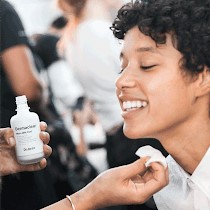
Dr. Jart Micro Milk Peel comes with dual-sided pads. Use the textured side if you have normal or oily skin, and the soft side if you have sensitive skin.
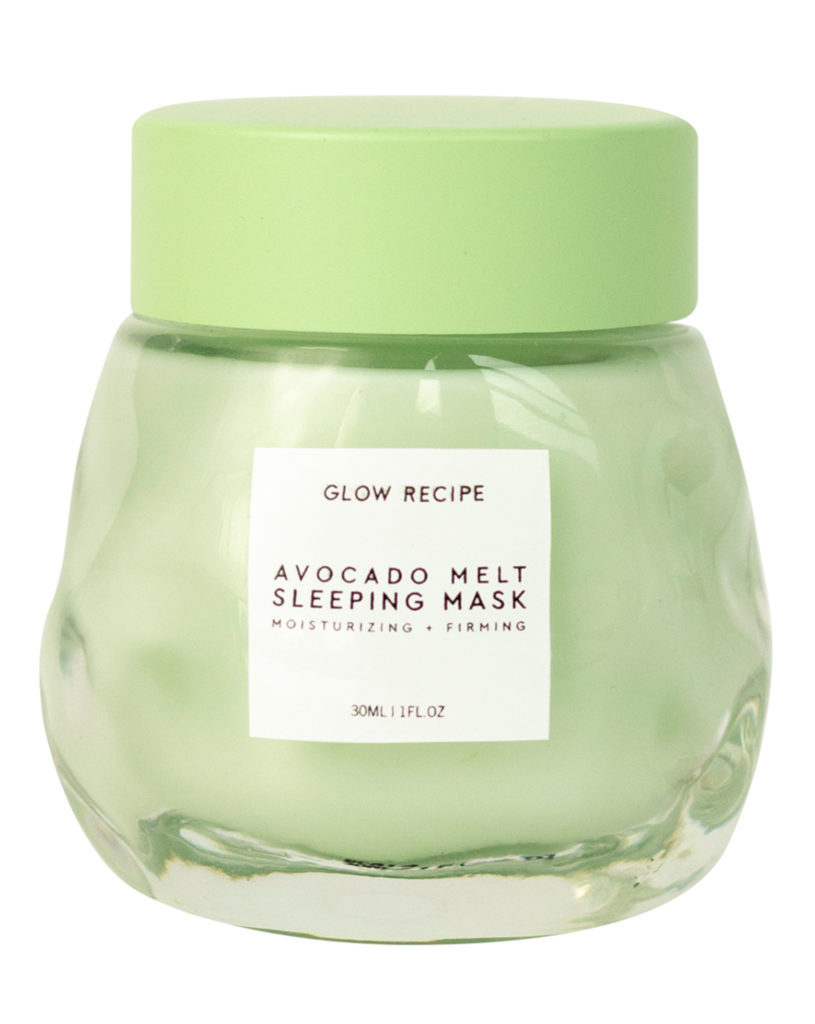
Glow Recipe Avocado Melt Sleeping Mask
Buy now: $12.90, Lazada
Sleeping masks are absolutely essential for dry and sensitive skin. Use them twice or thrice a week to strengthen your moisture barrier, deep-moisturize, and heal damaged skin cells.
Sleeping masks with PHAs give you the best of both worlds: hydrating your skin, while gently sloughing off dead skin cells. Glow Recipe Avocado Melt Sleeping Mask combines this gentle exfoliator with honey and avocado, both known to be very moisturising and soothing. Influenster gave it 4.3 stars!

Some By Mi Miracle Toner
Buy now: $15.70 (on sale from $25), Althea
Get baby-soft skin in 30 days! It combines AHAs, BHAs and PHAs to clear out pores, fade spots, and restore glow.
It’s a cult favourite and well recommended in Kbeauty forums. It’s best for normal to combination skin. To avoid skin irritation (any product with 3 acids will make you more sun sensitive) apply at night and use a high-SPF sunscreen in the morning.

Lixir Night Switch PHA/AHA 10% Serum
Buy now: $40, Sephora
PHAs are really effective for anti-ageing, too! The daily exfoliation can prevent dull skin, and help the serum’s other ingredients to go deep into the skin. Sephora reviews say Lixir’s formula is particularly effective if you’re dealing with ageing and adult acne. “I haven’t had any breakouts, and it’s especially good between skin clinic treatments- have purchased twice now,” says Courtenay.

Zelens PHA Microsurfacing Pads
Buy now: $118 for 50 pads, LookFantastic
The soaked pads make it so easy to get a micropeel at home! It contains PHAs and a small amount of AHAs and BHAs to scruff off dead skin cells and clear out pores.
If you have normal, oily or acne-prone skin, you can use these pads every day. If you have dry or sensitive skin, use them once or twice a week. You can also focus on acne or blemish-prone areas (like the T-zone or cheeks) or treat body acne in sensitive areas like the chest.

